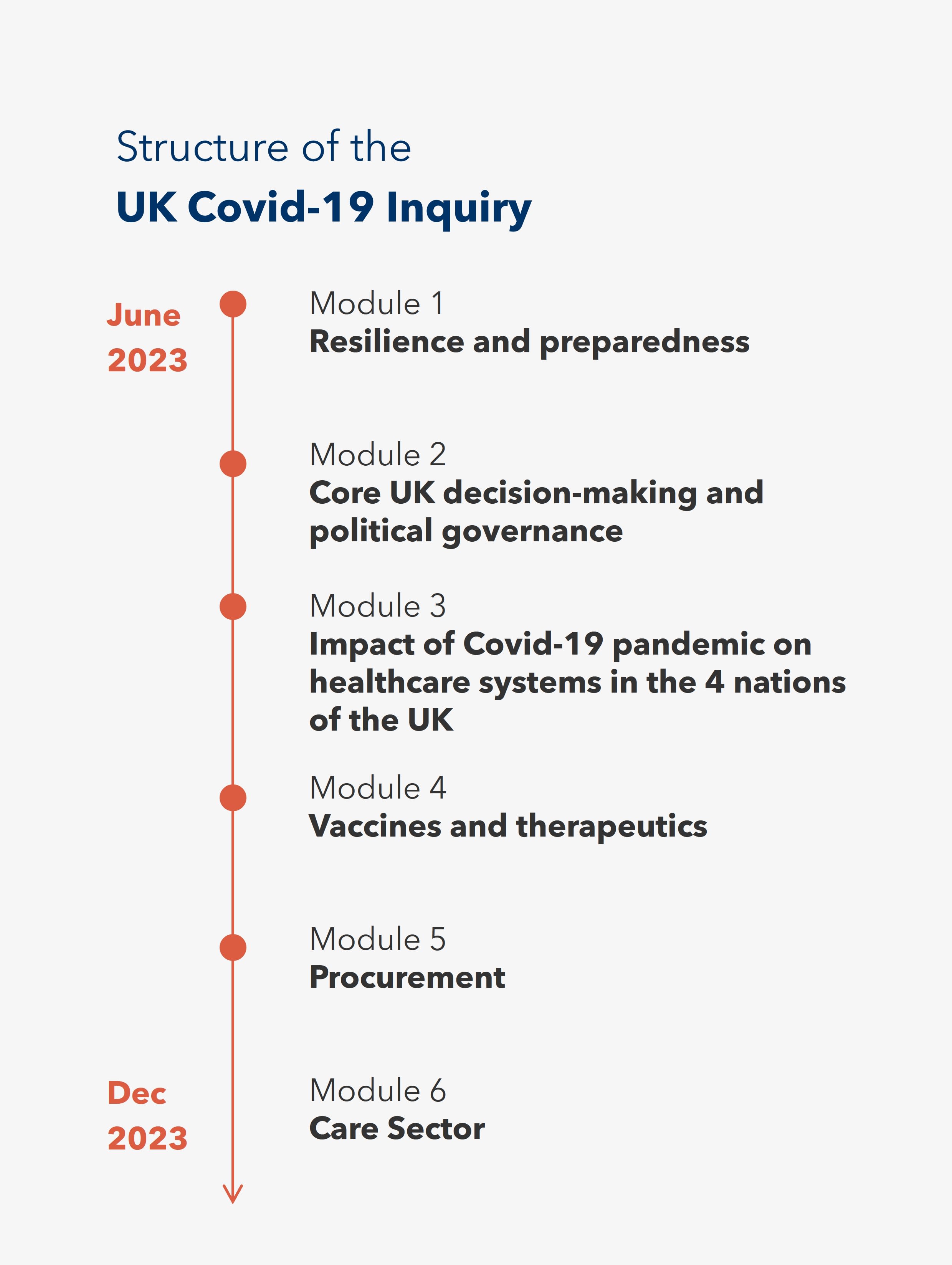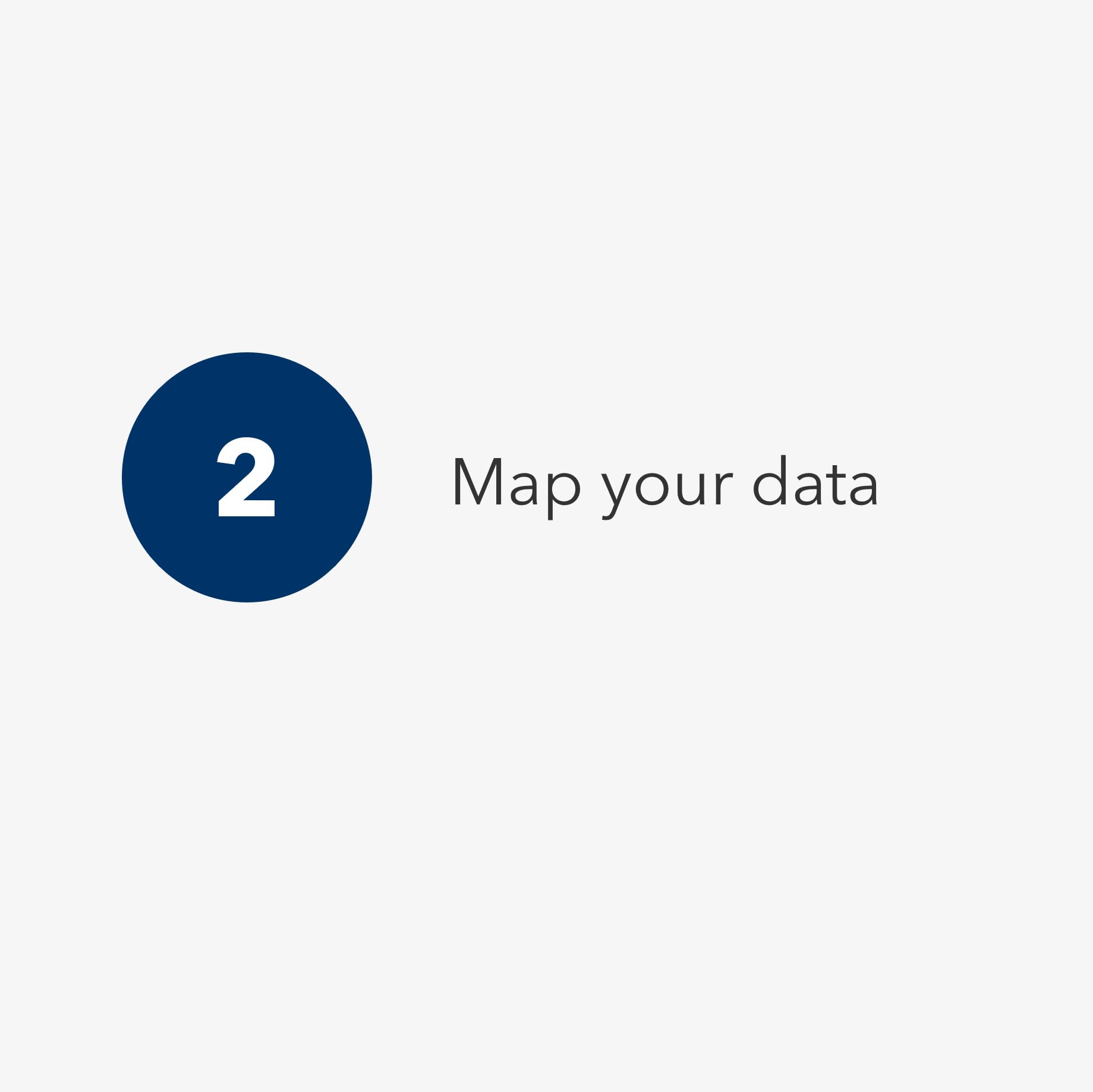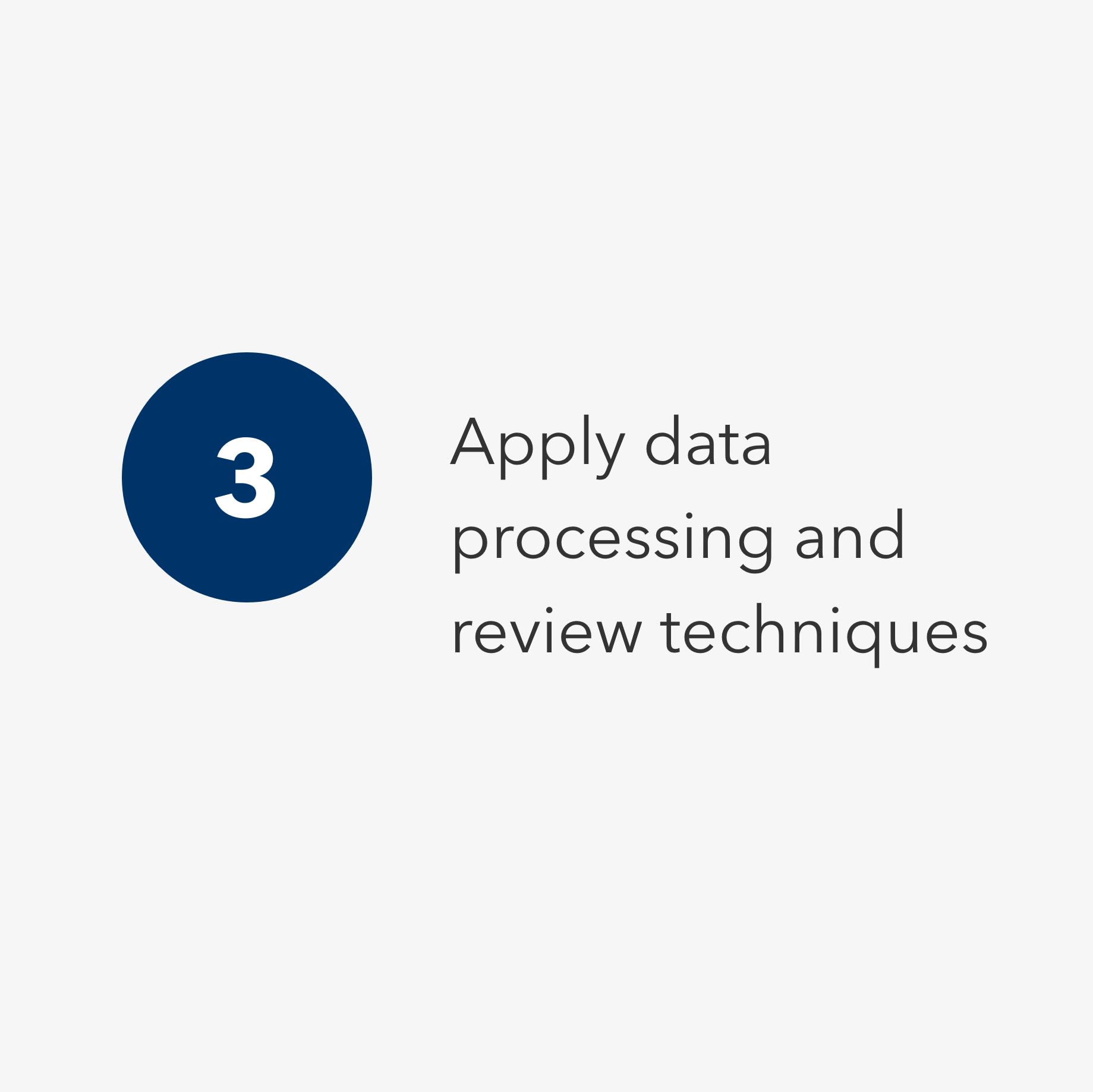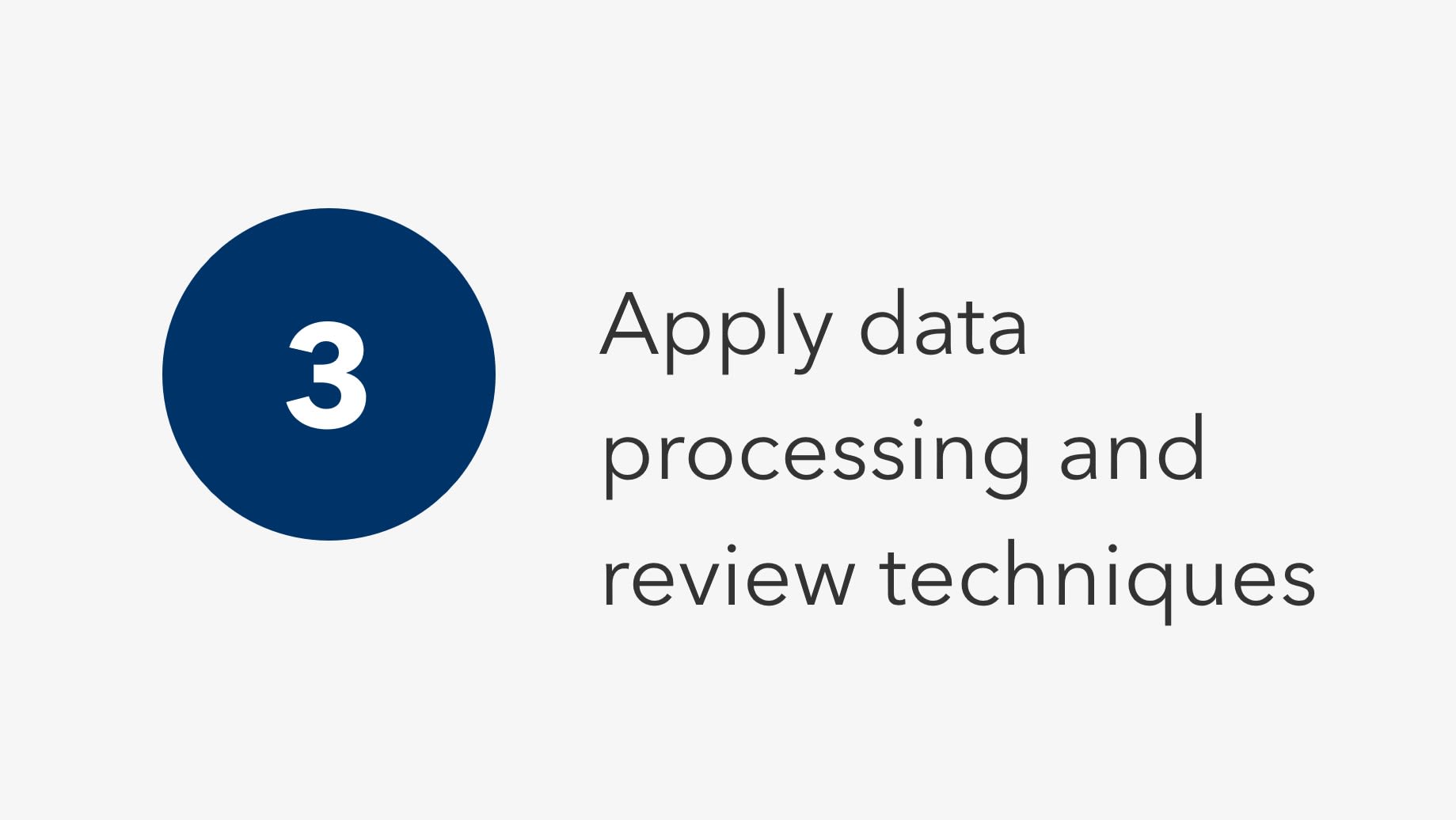Responding to
UK Covid-19 Inquiry Requests
What to know about preparing your data

The UK Covid-19 Inquiry has expanded its attention to parties involved in the procurement chain of healthcare equipment and supplies, and the care sector is next.
Module 2 of the UK Covid-19 Inquiry, covering the government’s political and administrative decision-making during the pandemic, is set to conclude on December 14. While Rishi Sunak and Boris Johnson are currently facing questioning and generating headlines, the Inquiry’s attention will quickly turn to a broader range of UK organisations and individuals.
Module 5, addressing parties involved in healthcare procurement, launched in October; Module 6, focusing on the care sector, opens in mid-December; and further modules yet to be scoped will address test and trace, education and children, government support of business and jobs, and funding and disparities in public services.
The Inquiry Panel has the power to request "any document or any other thing" from any person or organisation, as per Rule 9 of the Inquiry Rules 2006. Anyone receiving a Rule 9 request is called a Material Provider.
Should your company be targeted, you will be expected to search rigorously for any documents requested, and most likely to tight timelines.
This can be a daunting task given the scope and specificity of this high-profile Inquiry. Organisations that suspect they may receive such a request should familiarise themselves with the process in advance.
To aim for a positive and cooperative relationship with the Inquiry, demonstrate preparedness by planning today for an efficient, robust and regulation-compliant disclosure strategy.


Don't be caught unprepared by the sheer volume of documents to review and the consequential deadlines.
To help potential Material Providers prepare for an Inquiry request, we outline three steps to start planning an effective disclosure strategy today:
1. Understand the redaction and disclosure process
2. Map your data
3. Apply data processing and review techniques

Documents submitted to the Inquiry Panel are expected to be shared with Core Participants (individuals or organisations granted the right to participate in witness questioning), and may subsequently become part of the Inquiry's body of evidence and public record.
To navigate the tension between making a full and proper disclosure while protecting sensitive data, it is important to understand the rules and recourse.
The most important of the Inquiry's disclosure requirements is that documents should be provided without any redactions, unless agreed beforehand.
Other rules to note in the Inquiry's document protocol include:
- Submitting an accompanying index listing all documents provided and their locations on any systems or folders
- Providing all documents electronically where possible, with original file names and in their native format
- Scanning hard copy documents, noting specific rules for page counts, sticky notes and cover pages
Once the panel has reviewed the documents, it will propose redactions and allow the Material Provider to review and comment on its proposals.
Personal information such as dates of birth, signatures or contact details will be routinely redacted, but the Panel has the ultimate discretion on the relevance or necessity of any information.
If the Material Provider identifies information it feels should be redacted, a request can be made. If they fail to make a compelling argument, the request can be denied. The remaining recourse in this case is to apply for a Restriction Order.

When preparing your disclosure, the most important of the Inquiry's disclosure requirements is that documents should be provided without any redactions, unless agreed beforehand.
The Inquiry's Document Protocol provides specific rules governing the process and format of responses. Other rules include:
- Submitting an accompanying index listing all documents and their locations on any systems or folders
- Providing all documents electronically where possible, with original filenames and in their native format
- Scanning hard copy documents, noting specific rules for page counts, sticky notes and cover pages
Once the panel has reviewed the documents, it will propose redactions and allow the Material Provider to review and comment on its proposals.
Personal information such as dates of birth, signatures or contact details will be routinely redacted, but the Panel has the ultimate decision on the relevance or necessity of any information to the Inquiry.
If the Material Provider identifies information it feels should be redacted, a request can be made. If they fail to make a compelling argument, the request can be denied.
The remaining recourse in this case is to apply for a Restriction Order.



To demonstrate proactive planning, start identifying individuals within your organisation who are likely to be named in the request and map the relevant data landscape.
This data mapping entails:
- Identifying all organisational data repositories (e.g., network sharedrives, mobile devices, physical file cabinets, back-up tapes), and
- Documenting the file types, substantive data categories, and data volumes stored in each location.
Once mapping is complete, the organisation will be better prepared to collect and search for data responsive to the request.


The Inquiry will expect that the Material Provider's response conform exactly to the scope of the request, regardless of how large that scope may be or how many tens of thousands of documents need to be searched in the process.
At this scale, organisations often call upon specialist eDisclosure providers with the experience and technology to execute such reviews in fixed timelines and to a reliable standard.
Using a document review tool such as Relativity will allow Material Providers to employ numerous search strategies that are vastly superior to manual searches. Some of these strategies (outlined further below) can be applied concurrently for maximum efficiency when working at the scale inherent to a government inquiry request.
Responding confidently to an Inquiry request is possible with appropriate advance planning.
Consult eDisclosure experts to explore your potential needs from mapping to collection and review, with the tailored application of the best data processing and review strategies available.
Scroll on to learn more about key data processing and review techniques.
Deduplication
Where emails between stakeholders fall under the scope of the Inquiry request, only one copy of the email needs to be provided...
Remove identical copies of emails and documents to reduce time spent on repeat copies of emails and documents shared between multiple stakeholders.
Relativity and similar review tools do so as a matter of course.
Email Threading
Like duplicates, emails in a chain contain redundant information when each reply contains all of the text in the previous email. Email threading allows review teams to target only the most complete, latest email in the thread.
Textual Near Duplicates
Similar to duplicates and email threads, textual near duplicates are near-copies, often appearing in the form of weekly reports, forms, or automated emails.
This strategy should be used with the guidance of experts, as decisions based on a review of near duplicates must take into account the degrees of similarity and the types of files.
Clustering
Clustering is a form of artificial intelligence which identifies key concepts that exist within a data set. This tool will not reduce the volume of data to be reviewed, but may help review teams identify options for improving searches.
For example, a search run with the term "car" would return better results by including the term "vehicle".
Machine Learning and Continuous Active Learning
The most powerful tool in this list, Continuous Active Learning (CAL) is a form of artificial intelligence that can review and re-review thousands of documents at once. CAL works alongside human reviewers and "learns" how to identify relevant documents by analysing human reviewers' decisions.
The learning is "continuous" in that the AI's understanding of relevant data is updated with each decision applied. This is especially valuable as it means reviewers' early decisions - which are not consistently accurate at the beginning of a review - are no impediment to using AI at the outset.
These are a just a few of the tools available when conducting document reviews and disclosures of all types and sizes.
Depending on the nature of the matter – from simple internal investigations to complex commercial disputes – additional strategies may be employed to maximise efficiencies and minimise costs.
Early consultation with an eDisclosure expert should be a top priority of any organisation facing a potential disclosure exercise.
Contact Us

BENNETT ARTHUR
Bennett Arthur is a Director in FRA’s global forensic technology team, based in London. He is an attorney admitted to the New York State Bar, with over 20 years’ experience in the legal field, working at law firms, eDiscovery providers and in-house legal departments. He is a Certified Information Privacy Professional (Europe), Certified Relativity User and RelativityOne Certified Professional.

TREVOR WILES
Trevor Wiles is a Partner in FRA’s London Office in the Forensic Accounting team. He has more than 30 years’ experience in forensic services focusing on helping clients and their legal advisors to navigate complex and multi-jurisdictional contentious matters resulting from whistle blower and regulator actions.

